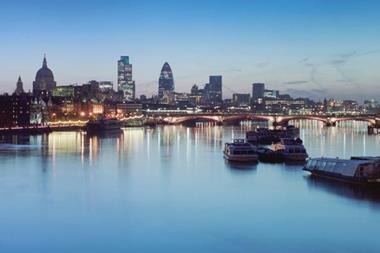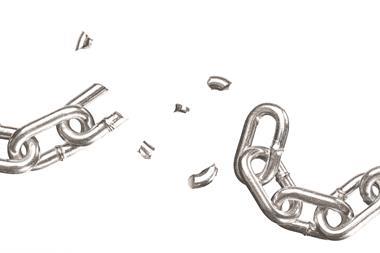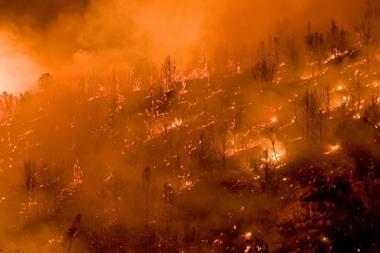StrategicRISK editor David Benyon on how Harvey and Irma may impact on contingent business interruption covers
Watching the headlines from Florida this week, as Hurricane Irma tracked its way up the Caribbean and into US population centres, it’s obvious that – as well as the terrible human tragedy – this storm will cause major losses to companies, their insurers and reinsurers from corporate property, vehicle fleets, cargo and myriad other trashed assets in the path of the hurricane.
It will also reveal in which respects corporate risk managers in the US have got their insurance buying priorities right. It is more than a decade since Katrina struck New Orleans, and 25 years since Hurricane Andrew hit just south of Miami. Have risk managers in peak catastrophe risk zones learnt lessons or forgotten them? Insurers have been pushing new covers to corporate buyers, but have they been seen as relevant and taken up?
Irma followed closely on the heels of Hurricane Harvey, which left much of Houston and surrounding areas of Texas under flood waters from a deluge of rain. Again, the losses in material terms will be huge – and take some time to count accurately.
But one of the hardest costs to track is not the physical damage directly caused by the storm, but the supply chain costs for businesses much further afield. This contingent business interruption can cause major losses for businesses miles away – in some cases thousands of miles away and in entirely different countries.
The test case for this was in 2011. The Tohoku earthquake and tsunami in Japan in March that year was followed by severe flooding in Thailand during the summer months. Japanese corporate insurance buyers such as electronics manufacturers found themselves trying to claim for disrupted production lines. Not because the earthquake had demolished their factories or the wave had torn through their manufacturing plants (though this did happen in Sendai), but because components necessary to sustain production had stopped arriving, because their suppliers had been hit by the ‘quake.
The Thai floods further exemplified this contingent business interruption risk. The effects crossed borders and seas in Asia and beyond. Ships scheduled to arrive at ports did not arrive with their cargoes of cars or components, spreading the effect of the catastrophe far from the scene of devastation, and highlighting just how global corporate supply chain risks have got.
Some Japanese technology companies that had taken Tohoku hits even had been unlucky enough to set up new component plants or data centres in the business parks that just a few months later were submerged in central Thailand.
In the months after Tohoku and Thailand, insurers were keen to market contingent business interruption (CBI) covers to their corporate risk manager clients. From attending events in Asia in the six years since then, it was obvious that they did not find as many buyers as they hoped. CBI was just not high enough up the insurance buying priorities list for Asian risk managers. Can such risks be mitigated efficiently without resorting to risk transfer? I’m not so sure that, other forms of risk mitigation aside, insurance can be ignored in this case.
Harvey has caused catastrophic flooding in areas that had not anticipated such a disaster. Wind damage is more the norm from hurricanes, not floods from rainfall. Could it catch US corporate supply chains off guard just as Japanese and Asian firms were hobbled by the events of 2011? The coming months will bring some answers.




















No comments yet